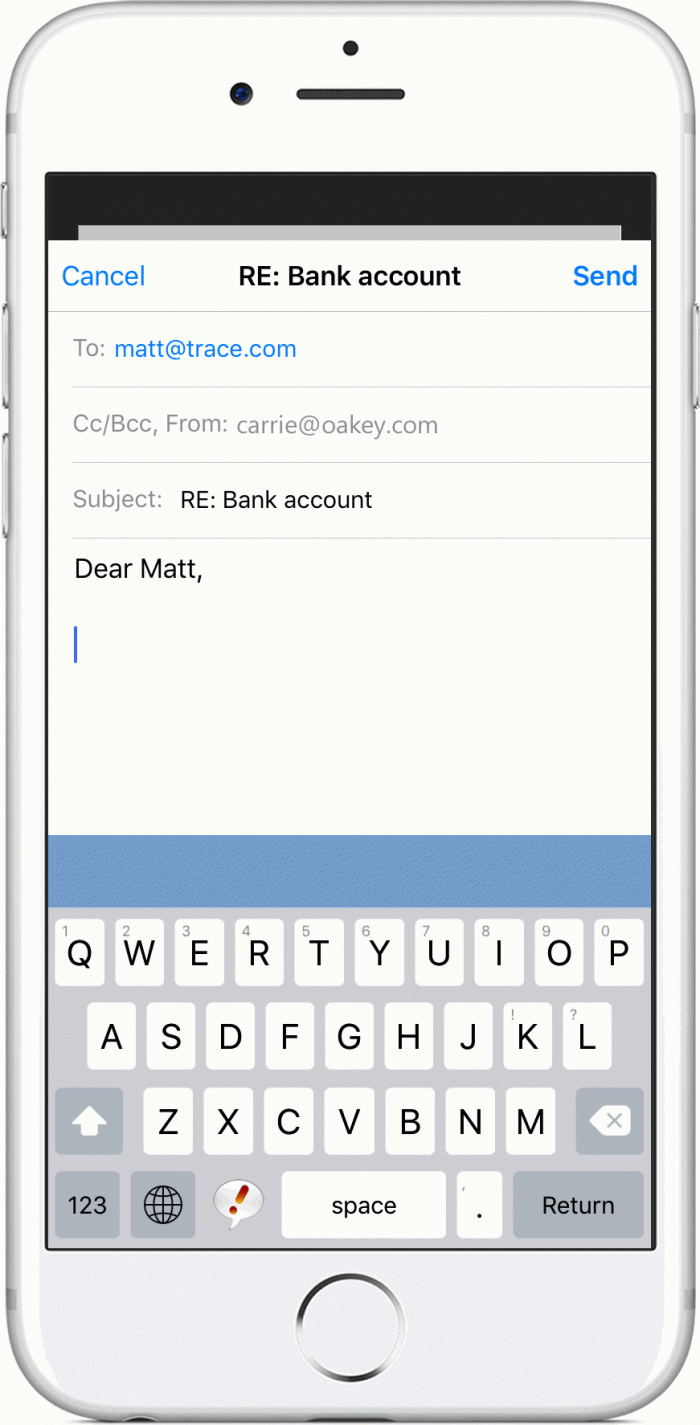

- #Phraseexpress disable autocorrect how to#
- #Phraseexpress disable autocorrect windows 10#
- #Phraseexpress disable autocorrect software#
- #Phraseexpress disable autocorrect series#
It’s up to app developers whether they want to use the Windows Spell Checking API or not. It works in some universal apps (especially built-in apps like Edge and popular apps like Facebook), but not in others.
#Phraseexpress disable autocorrect windows 10#
The trouble is, Autocorrect’s usefulness in Windows 10 really depends on what kind of device you’re using. Though it sometimes claims to be a system-wide feature, Windows 10’s Autocorrect doesn’t show up everywhere. In Windows 10, it works much the same as on other platforms, automatically replacing misspelled words if they are in the dictionary and applying a red underline if the word isn’t found at all. Here's how you'd go about it.Autocorrect is kind of a love/hate thing no matter what platform you use it on. Say, for example, you want to type the character string "bism" and have Microsoft Word substitute that big long phrase I mentioned earlier. (You can also delete the ones that are annoying you, like substituting © every time you type "(c)".) It's this feature we're going to use to do text expansion. You can add or delete entries to the Auto Correct list so that words you commonly misspell (I am forever typing "regardign") can be corrected for you. If you've got Auto Correct already turned on, you may have noticed that it corrects your spelling as you type, so that if you type "finlaly" and then hit the Space Bar, Microsoft Word substitutes the word "finally" automatically. You can use a feature of Spell Check called Auto Correct to mimic that same behavior. This comes in really handy when you're talking about a long complicated phrase or even a word that you find a little fiddly to type.Īs I mentioned, there are utilities specifically for text expansion, but if you're using Microsoft Word, you really don't need them. In other words, you would type "txtexp", and whenever you press the Space Bar or the Enter key, "txtexp" would disappear and the phrase "text expansion" would appear in its place. For example, you can define the character string "txtexp" as a substitute for the phrase "text expansion".

#Phraseexpress disable autocorrect series#
Text expansion allows you to type a short series of characters that your computer will recognize as a "trigger" which will prompt the computer to type a much longer phrase in its place.
#Phraseexpress disable autocorrect software#
It's a concept called "text expansion", and you don't even need extra software to do it (although there is software that will do that).
#Phraseexpress disable autocorrect how to#
So if you find yourself stuck typing "Brief in Support of American Amalgamated Consolidated Widget Corporation's Second Amended Motion for Leave of Court to Conduct On-site Inspection" for the umpteenth time, I'm going to show you how to get out of all that repetitive typing.

So I have no patience whatsoever for typing the same long complicated phrase 100 times. I'm all for letting the computer do the work.) And when my brain gets a little overloaded and the pace starts getting on my nerves, my already sketchy typing skills go to pot. (As proof of that, I'm using Dragon NaturallySpeaking to write this article. I don't know about you, but I don't exactly love typing. One of the things I found myself doing was typing the same long complicated phrases over and over and over again. If something could save me even a few seconds (especially on a repetitive task), it was worth it. So naturally, I was looking for every time saver I could get my hands on. I'm talking "so overloaded I'm farming out scut work to other people", "oh my gosh, I just had that piece of paper in my hand a moment ago", "I wonder if I can still get that Xanax prescription filled" level of busy. And when I say "busy", I'm not talking your run-of-the-mill "I have a nice steady flow of work" level of busy.

Here in the last several weeks, I've been busy.


 0 kommentar(er)
0 kommentar(er)
